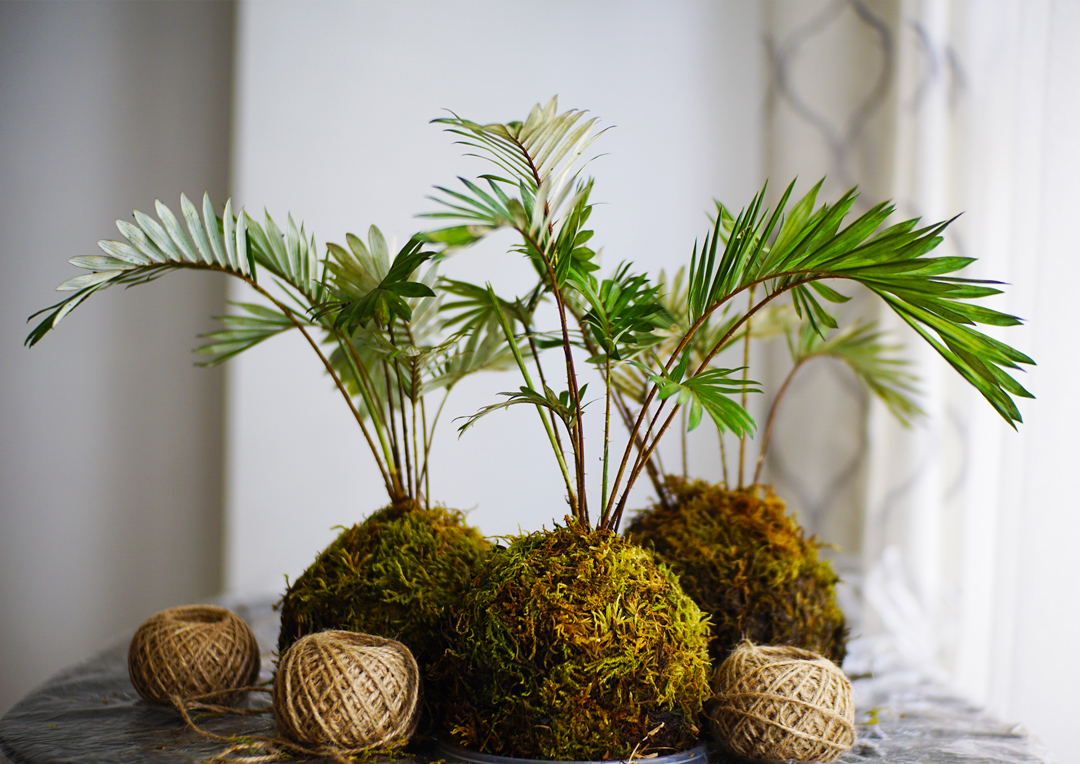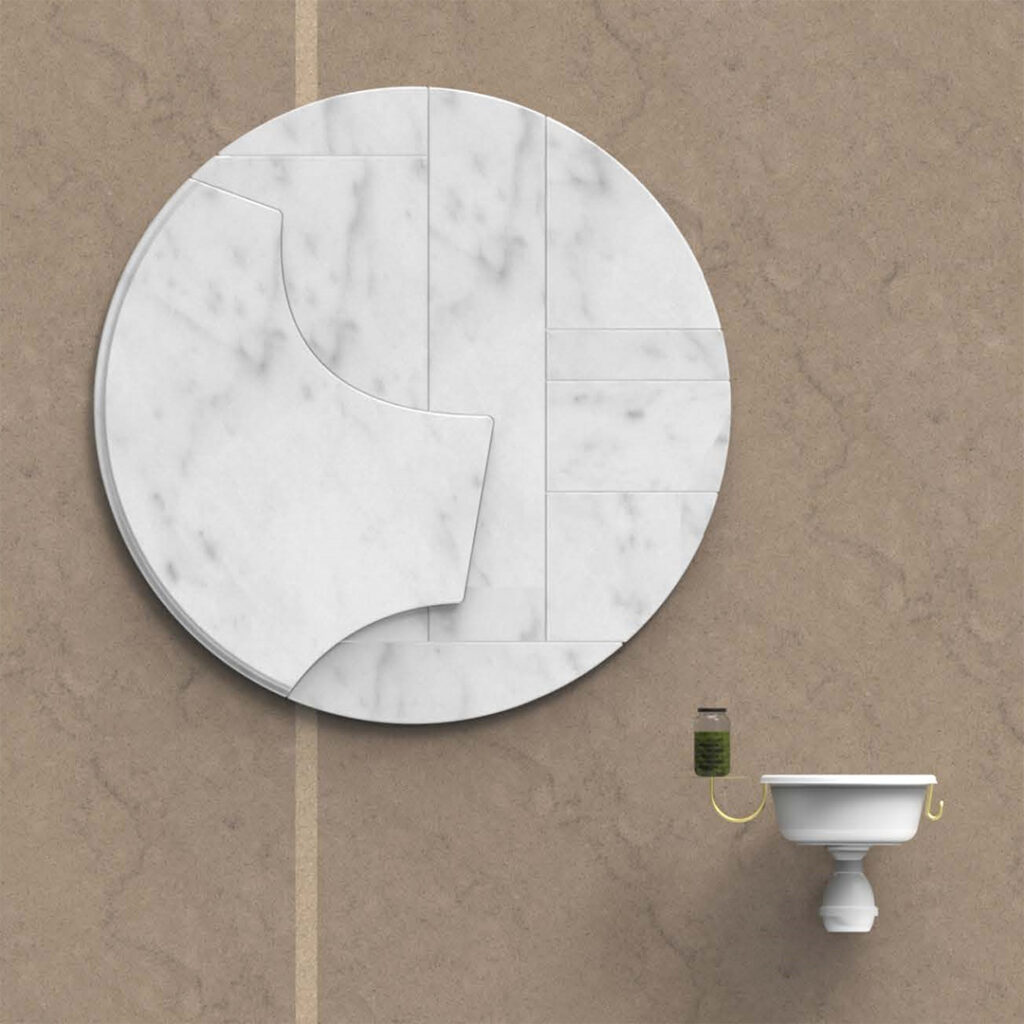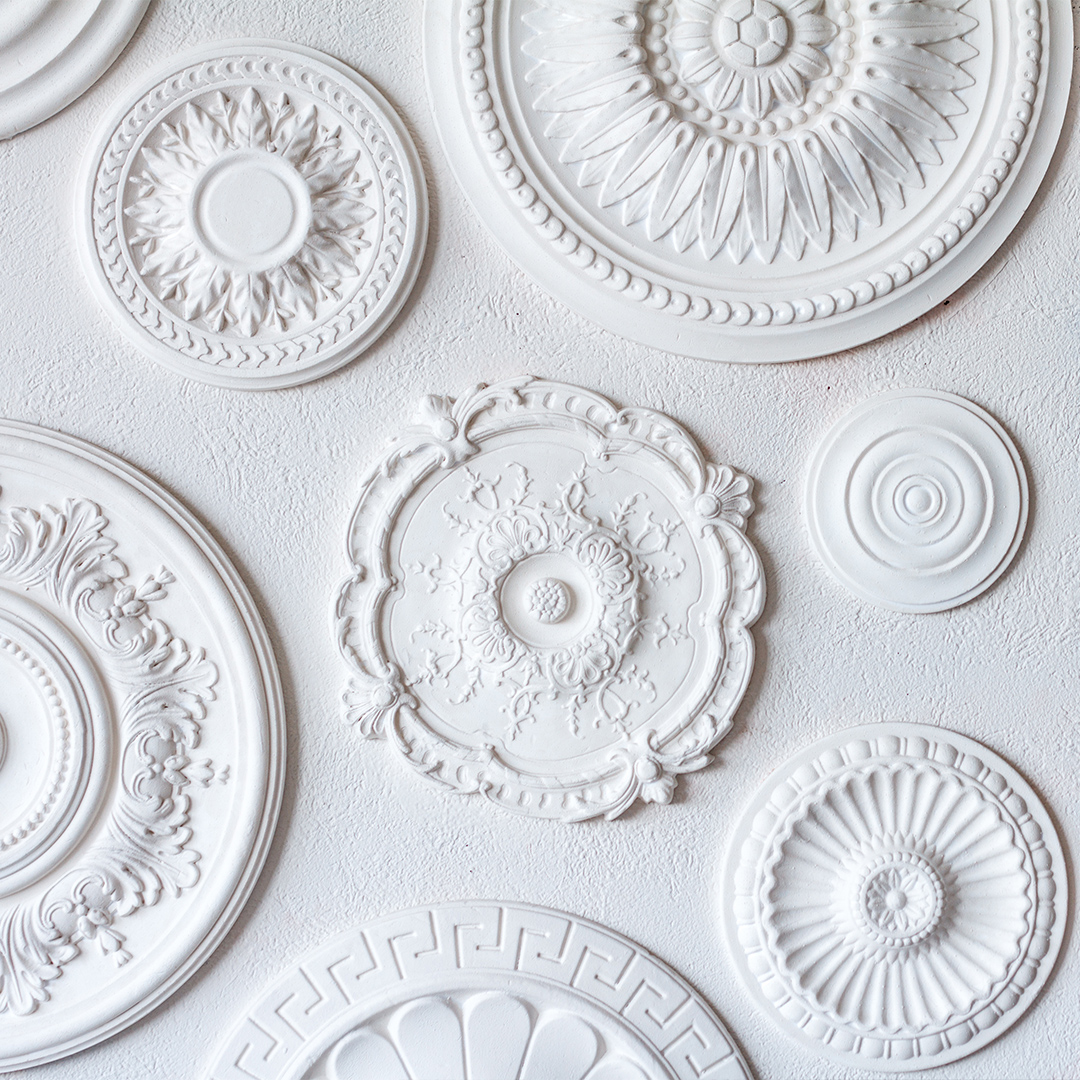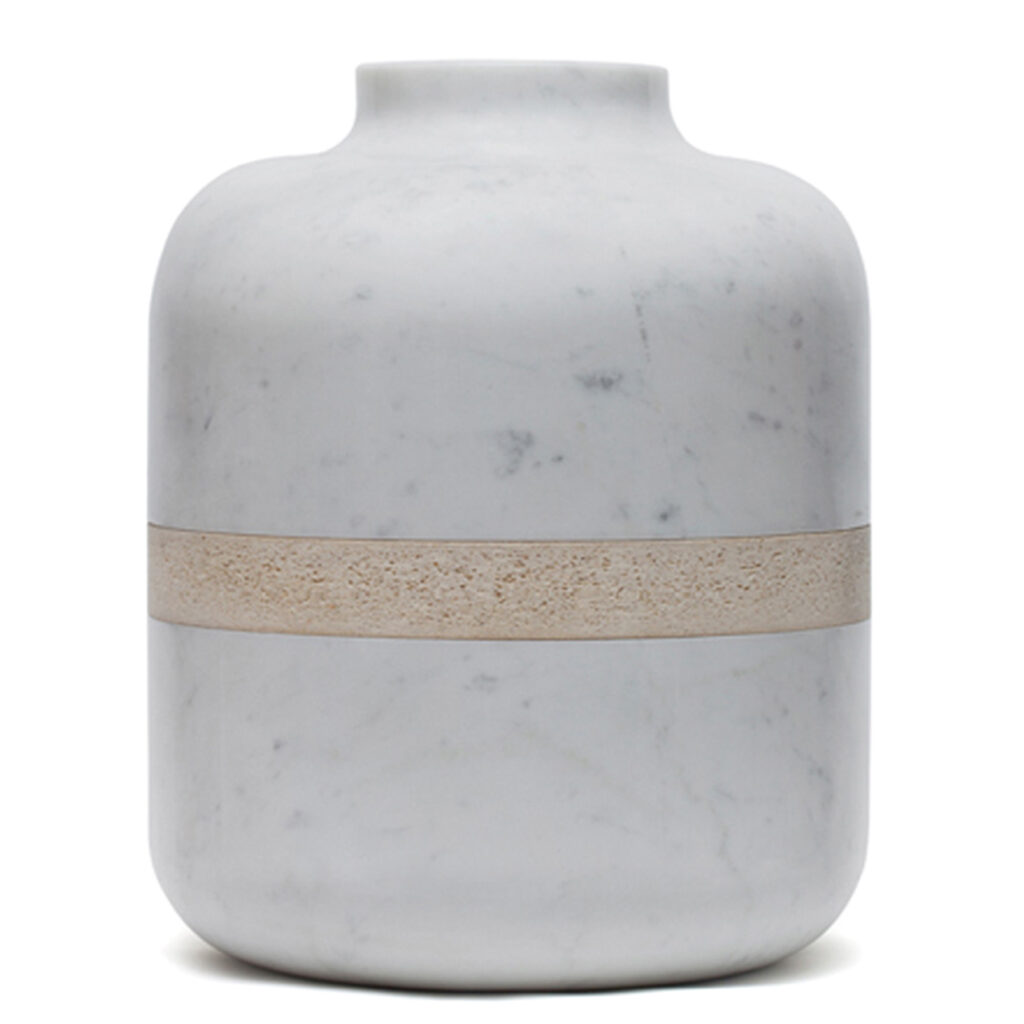BATHROOMS AND CULTURES IN LORENZO DAMIANI AND KAZUYO KOMODA’S MOOD BOARDS
Posted on Mar 26, 2022

A mood board to help you envision your ideal bathroom environment with FIMA luxury bathroom fittings. A parallel emphasises the significance of the materials used to define the design.
We asked Kazuyo Komoda and Lorenzo Damiani to imagine a bathroom that represented them and illustrate it in a mood board with FIMA. Fima’s preferred method of defining a space has always been, to begin with, its materials. Only a global vision of the interactions and combinations of various products, colours, and surfaces will allow you to maintain the project’s perception and naturally achieve the desired effect. The two designers involved in this experiment are well-known names on the international scene, taking part in the Fima Talks cycle last April.
Two distinct but fundamentally different design sensibilities emerged among the nuances and creative paths. Lorenzo Damiani is Italian, whereas Kazuyo Komoda is Japanese but has lived in Milan for many years. This appears to be experimentation, invention, and a sense of responsibility toward materials and people. On the other hand, refinement, balance, and meticulous attention to surface detail. It creates an interesting parallel between the two proposed mood boards, emphasising the bathroom’s infinite expressive potential and the importance of material selection in its design.


THE PROJECT'S CULTURAL REFERENCES AND INSPIRATIONS
The stylistic choices made by Kazuyo Komoda reflect her Japanese heritage. But, given the bath’s cultural significance in Japan, from the traditional ritual purification bath, Ofuro, to the more modern Sento or thermal baths, it couldn’t be any other way. Thus, in the mood board, you can imagine complete spaces that express themselves, where you can spend time, keep valuable objects, and enjoy delicate decorations. Consider adding original Kokedama moss planting balls to create “green” areas.

“Japan takes many elements from nature, because coexistence with the natural environment is our way of life. In Italian design, however, there is a lot of human invention”
Komoda, Kazuyo
Experimentation is one of the most essential design motivations for Lorenzo Damiani.
“Everything is inspiration”, Lorenzo explains. “I think it is very difficult to invent something completely new, while it is, however, possible to ‘import’ elements used in other sectors, and then remodel them for your specific needs.”
Lorenzo Damiani

It is a continuous exercise in seeing things from a different perspective, modifying the functions of objects, and combining materials to express one’s design thinking more clearly. In this sense, the inclusion of a “thought out of context” item, such as a jar of olives cut into rings as an accessory for the h20 washbasin, stands out on the mood board. It’s a paradigm to help people understand how one can optimize ‘raw material’ by using small cut elements.” The theme of material selection and giving value to waste is always present in Damiani’s projects.
MATERIAL SELECTION FOR THE BATHROOM PROJECT
Both mood boards share the presence of marble. However, the interpretation and choice of composition, in this case, speak of two completely different inspirations.
Kazuyo Komoda uses a specific type of warm-toned marble, Portuguese pink onyx, to create colours and textures. She alternates it with a proposal that is even more focused on surface detail; marmorino is recomposed powdered marble made without chemical additives but with natural mixing elements such as egg white or slaked lime. The spreading method and tools used in this case impact the texture. As a result, it is possible to achieve smoother effects or rougher surfaces that absorb light, gaining nearly a third dimension.
Finally, Kazuyo Komoda uses marble with frosted glass and mirrored walls and focuses on light to find the right balance of materials and surfaces.
Lorenzo Damiani contrasts marble with stoneware, specifically Carrara marble and Pulpis porcelain stoneware. It’s an unexpected pairing highlighting two fundamentally different but superficially similar materials. Lorenzo suggests that it could be done the other way around. It’s a clear invitation to use “natural” elements only when other “non-natural” solutions would fail to produce the same results. Even better if we value “non-whole” parts to reuse waste, which is always valuable. The circular marble sculpture represents the concept in the mood board. It’s an element made up of processing waste and scraps that have been modelled ad hoc to create a new, fascinating object.


DECORATION & ELEMENTS TO DEFINE THE BATHROOM SPACE
Kazuyo Komoda chooses patterns to furnish and personalise the space.
These can be made from plaster decorations and arranged randomly on ceilings and walls. Alternatively, graphical elements animate frosted glass screens that divide the bathroom into separate service areas.
The cultural contamination of the mood board is visible on these glass surfaces, which combine the sandblasted glass typical of 1930s Milanese architecture with traditional Japanese prints. Kazuyo specifies that the work is by Katsushika Hokusai.

The bathroom must be an intimate space that expresses us in every detail through luxury bathroom accessories, such as the Japanese designer’s collection of early twentieth-century French crystals.

Instead, Lorenzo Damiani uses material details and finishes to add nuances to the design.
A satin gold-coated brass object holder sits next to a white plastic washbasin. By transforming an off-cut, thin chipboard strip into a valuable insert and decoration for the stoneware and marble wall. “I have often sought harmony in contrasts,” explains Lorenzo. He creates a mood board by playing with paradoxes that investigate the expressive possibilities of materials, full of different ideas and facets.
INTERVIEW WITH BOTH OF THE DESIGNERS
A title for the mood board?
K: A bathroom as a jewellery box
L: Possible thought
An essential element in the design?
K: Balance. There’s no stand-out element, everything is indispensable. This indispensability lies precisely in the harmony between hybrid elements.
L: The jar of olives, as a paradigm of a certain design attitude sensitive to the use of “non-whole” elements.
A particular message?
K: Be yourself. The home should be a reflection of the life of those who live there. We mustn’t be afraid of mixing different elements, because in spaces, as in life, not everything can be simple and linear.
L: Using materials and components without limitations, all the while maintaining coherence of thought. Every material, if treated well, can become precious.
How do you imagine element of water in your mood board?
K: Water is an indispensable element, just like light. It simply participates in the overall balance.
L: I think of small droplets oozing from the marble composition.
>>WATCH THE VIDEO FIMA talks with Kazuyo Komoda






